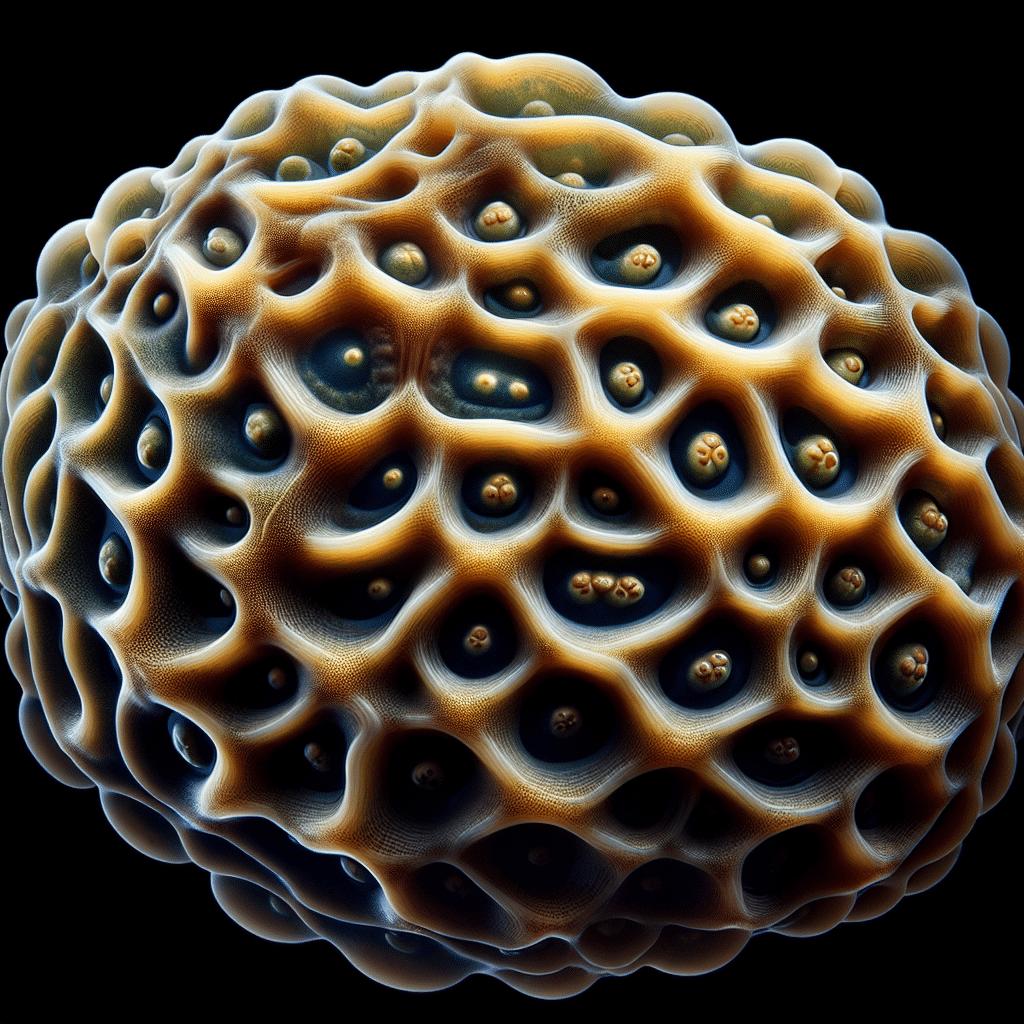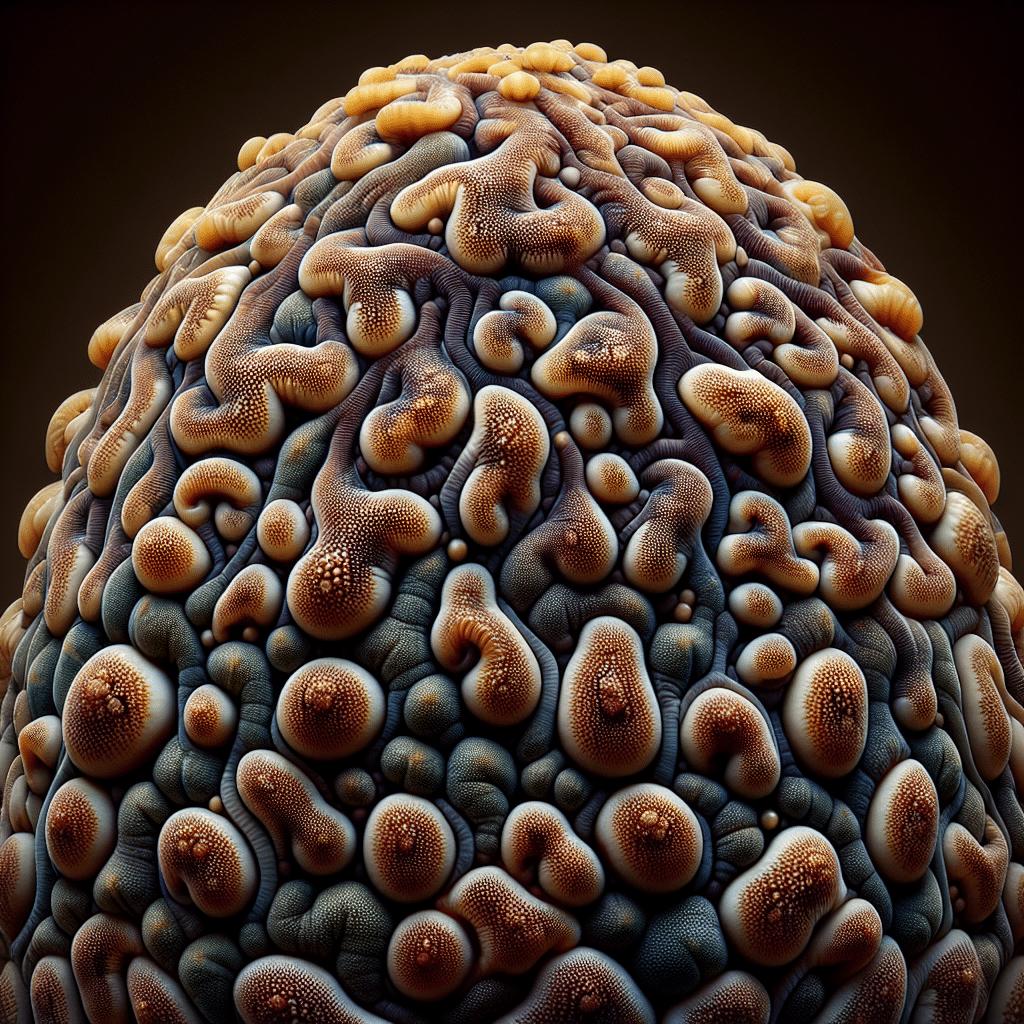Have you ever wondered about the differences between toad and frog eggs? In this article, you will learn all about how to spot the differences and similarities in their appearance. Toads and frogs may look similar, but their eggs have some key distinctions. Get ready to explore the exciting world of amphibian eggs!

General Overview of Toad and Frog Eggs
Understanding the lifecycle of toads and frogs
Toads and frogs are both amphibians, which means they live in both water and on land. They start their lives as eggs laid in water by their parents. These eggs hatch into tadpoles, which look like small fish with a tail. The tadpoles then undergo a process called metamorphosis, where they slowly change into adult frogs or toads.
Importance of distinguishing between toad and frog eggs
It is important to be able to tell the difference between toad and frog eggs because it helps us understand more about these amazing creatures. By knowing which eggs belong to which species, scientists can learn about their habitats, behavior, and even their populations. Plus, it’s just really cool to be able to identify the eggs and learn more about the natural world around us!
Similarities in Toad and Frog Eggs
General shape and size of eggs
Both toad and frog eggs are usually round or oval in shape. They are also similar in size, with most eggs being only a few millimeters in diameter. This makes them quite tiny and delicate.
Color of eggs
The color of the eggs can vary depending on the species, but both toad and frog eggs are usually translucent or clear. This means you can see through them, which is pretty neat! Sometimes, you might be able to see the tiny tadpoles growing inside the eggs.
Common habitat for egg laying
Toads and frogs both like to lay their eggs in water. They typically choose ponds, lakes, or even puddles as their egg-laying sites. This is because the developing tadpoles need water to survive and grow.
Laying pattern and timing
Toads and frogs have different laying patterns and timing. Some frog species lay their eggs in large clusters or masses, while others lay them in small groups spread out over a larger area. Toads, on the other hand, tend to lay their eggs in long chains or strings. The timing of egg laying can also vary, with some species laying eggs in the spring or summer, while others lay them in the winter or even year-round in tropical regions.

Detailed Description of Toad Eggs
Description of toad egg size
Toad eggs are usually smaller in size compared to frog eggs. They are typically around 2-4 millimeters in diameter. Imagine holding a small bead in your hand – that’s about the size of a toad egg!
Explanation of toad egg color
Toad eggs can range in color from clear to a pale brown or greenish tint. This color can sometimes make them blend in with their surroundings, helping to keep them safe from predators.
Typical laying patterns of toads
Toads often lay their eggs in long chains or strings attached to vegetation or other objects in the water. These chains can sometimes be several feet long and contain hundreds of eggs. It’s really fascinating to see these long strings of eggs floating in the water!
Detailed Description of Frog Eggs
Description of frog egg size
Frog eggs are slightly larger compared to toad eggs. They are usually around 4-8 millimeters in diameter. Picture a small bead and then imagine a slightly bigger one – that’s about the size of a frog egg!
Explanation of frog egg color
Frog eggs can come in various colors, such as clear, white, or even pale yellow. Some species have eggs with a gel-like coating, which can make them look shiny and slightly different from other frog eggs.
Typical laying patterns of frogs
Frogs often lay their eggs in large clusters or masses. These clusters can contain many eggs, sometimes reaching up to several hundred or even thousands! These masses of eggs are usually attached to submerged plants or floating debris in the water.

Differences in the Appearance of Toad and Frog Eggs
Comparison of egg size between toads and frogs
Toad eggs are generally smaller in size, ranging from 2-4 millimeters, while frog eggs are slightly larger, around 4-8 millimeters. So if you find some eggs in the water, try comparing their sizes to see if they are more similar to toad or frog eggs.
Comparison of egg color between toads and frogs
Toad eggs are often clear or have a brown or greenish tint, while frog eggs can be clear, white, or pale yellow. So if you notice any greenish or brownish eggs, they are more likely to belong to a toad, while white or yellowish eggs are more likely to be from a frog.
Comparison of laying patterns between toads and frogs
Toads typically lay their eggs in long chains attached to vegetation or objects in the water. Frog eggs, on the other hand, are usually laid in large clusters or masses attached to plants or floating debris. So if you see eggs organized in long chains, they are more likely to be toad eggs, while eggs in big clusters are more likely to be from a frog.
The Role of Habitats in Egg Appearance
How habitats affect the appearance of toad and frog eggs
The place where toads and frogs live can influence the appearance of their eggs. For example, in areas with lots of vegetation, the eggs might take on a greenish hue to blend in with their surroundings. In contrast, in areas with clearer water, the eggs might be more translucent or even have a whitish color.
Differences in egg appearance due to varying habitats
Toad and frog eggs adapt to their specific habitat to increase their chances of survival. This means that eggs laid in a pond with lots of plants will look different from eggs laid in a clear lake. By examining the appearance of the eggs, scientists can learn about the types of habitats that these amphibians prefer.
Impact of Environmental Factors on Egg Appearance
Influence of temperature on egg appearance
Temperature plays a significant role in the development of toad and frog eggs. Higher temperatures can speed up their growth, while lower temperatures can slow it down. This can affect the appearance of the eggs and how long it takes for them to hatch.
Influence of humidity on egg appearance
Humidity, which refers to the amount of moisture in the air, can also affect the appearance of toad and frog eggs. Eggs in more humid environments might have a different texture or color compared to eggs in drier environments.
Influence of pH on egg appearance
The pH level of the water can influence the appearance of the eggs as well. Some toads and frogs prefer more acidic water, while others prefer more alkaline water. This can result in variations in the color or texture of the eggs.
Egg Development and Appearance Changes
How the appearance changes as toad eggs mature
As toad eggs develop, they might become more opaque or cloudy. This is because the tadpole inside is growing and taking up more space within the egg. Sometimes, you might also see tiny black dots or lines, which are actually the developing eyes of the tadpoles!
How the appearance changes as frog eggs mature
Frog eggs can also change in appearance as they mature. They might become more transparent or develop a gel-like coating. This coating can help protect the eggs from predators and keep them hydrated.
Analyzing Egg Clusters
Differences between toad and frog egg clusters
Toad egg clusters are typically long chains or strings, while frog egg clusters are large masses or clusters. These differences in the arrangement of the eggs can help us identify whether we’re looking at toad or frog eggs.
Identifying toad egg clusters
Toad egg clusters are usually attached to vegetation or objects in the water. They can be long and thin, resembling a string of beads. If you come across a chain-like arrangement of eggs in the water, there’s a good chance they are toad eggs.
Identifying frog egg clusters
Frog egg clusters are often attached to plants or floating debris in the water. They can be in the form of a large clump or mass. If you spot a big group of eggs all stuck together, there’s a good chance they belong to a frog.
Misconceptions and Common Mistakes
Common misconceptions in identifying toad and frog eggs
One common misconception is that toad eggs are always dark or black, while frog eggs are always light or white. However, this is not true! Both toad and frog eggs can come in various colors. It’s important to observe other factors like size, laying pattern, and habitat to accurately identify the eggs.
Frequent mistakes made when distinguishing between toad and frog eggs
A common mistake is assuming that all eggs found in water belong to frogs. Toads also lay their eggs in water, so it’s essential to consider other characteristics like size, color, and laying pattern to differentiate between the two. Additionally, some species of frogs and toads can look very similar, making it challenging to distinguish their eggs without careful observation and knowledge.
In conclusion, toad and frog eggs may share some similarities in size, shape, and color, but by paying careful attention to details like laying patterns, habitat, and appearance changes as they mature, we can learn to identify and appreciate the differences between them. Remember, exploring and understanding the world of toads and frogs is a fascinating adventure!



